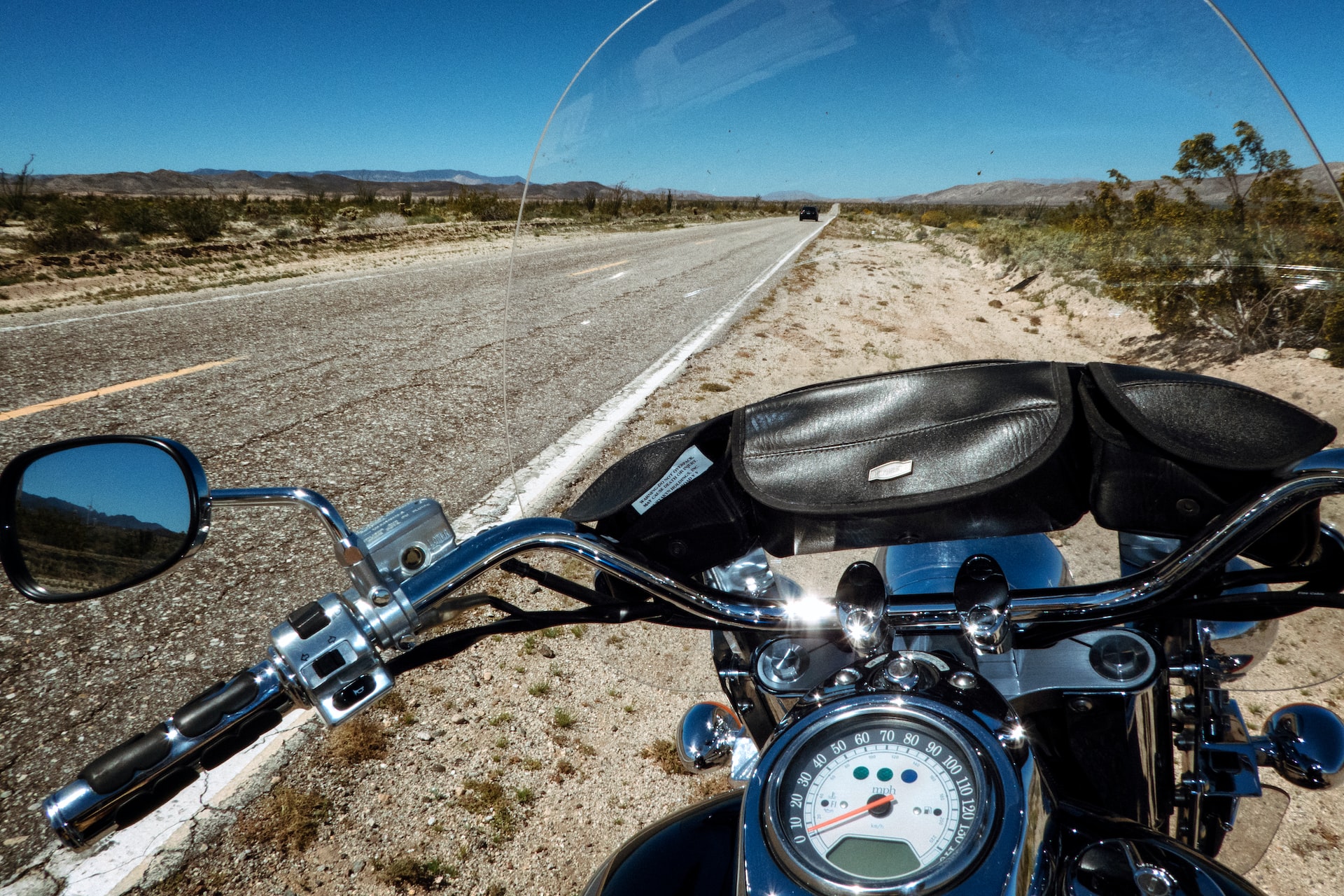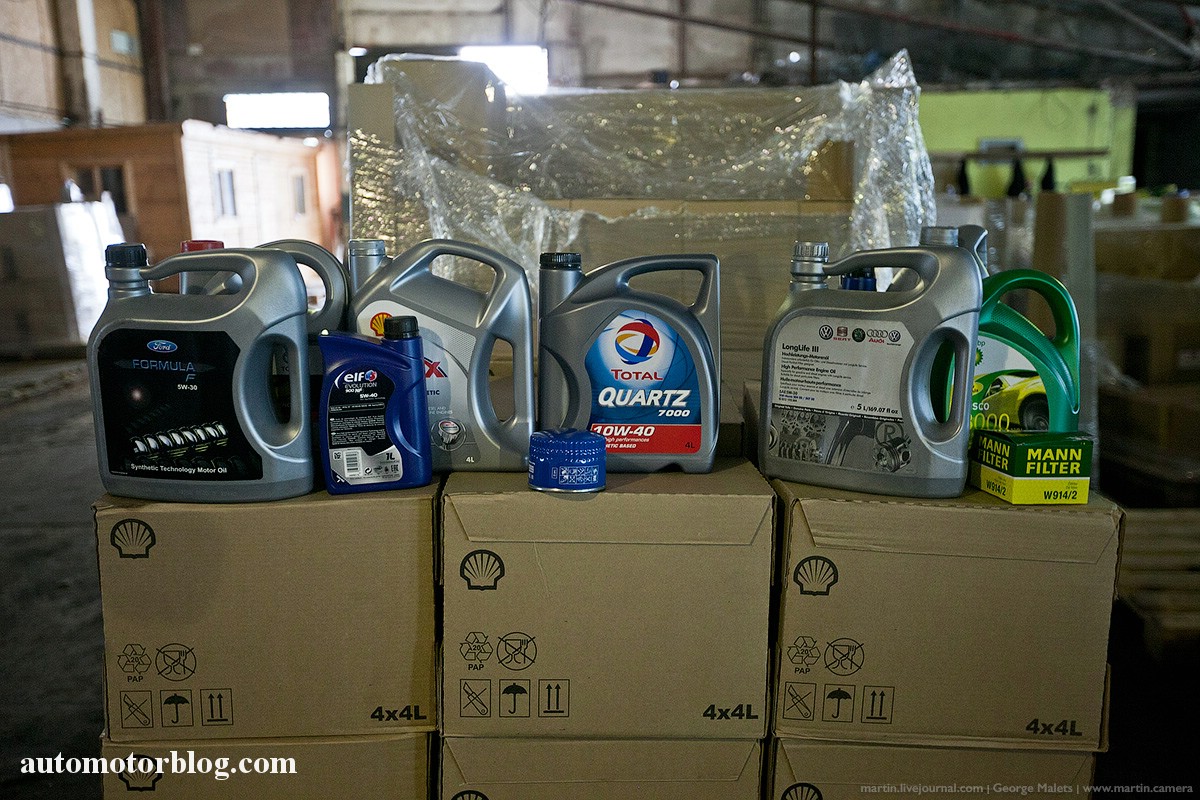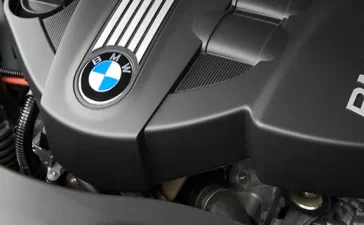There’s no better feeling in the world than the exhilaration that comes from riding down an open road. Chances are if you own a cruiser bike, you’ve been dreaming about going on an epic journey. Long motorcycle trips are difficult and challenging, but that’s a part of what makes them so satisfying. Here are the essential tips and tricks you need to know to plan the ultimate long-touring adventure on a cruiser bike.
Why Cruisers Make Great Long Touring Bikes
Nowadays, there is a type of bike for every kind of journey, so why choose a cruiser over a touring or adventure bike for a long road trip? The answer is comfort. Above all else, long rides, especially multi-day rides, are endurance marathons. Comfort is the most important factor when you’re riding 6-7 hours a day. Here are some of the reasons why you want a cruiser as your trusty steed.
The laidback riding position on a cruiser bike is the most comfortable angle for long-distance rides. Cruisers also sit lower to the ground than most bikes which makes frequent stops less tiring because you can put both feet down while resting and easily swing your leg over.
Riders can adjust their bikes with aftermarket cruiser accessories like mustache bars which allow for more leg room, and rubber pegs that cut down on the vibration to make a long trip even more comfortable.
Bigger gas tanks equal longer distances between refueling. This is a critical thing to consider if you’re traveling somewhere remote, where it might be a hundred miles before the next gas station.

A windshield is an absolute must for long journeys. Even a small windscreen helps reduce the amount of resistance your body has to fight while riding. They also keep the rain and other elements at bay. Riding without a windshield will wear you out much faster. You won’t be able to cover as many miles or appreciate the scenery around you if you’re exhausted.
Moreover, cruiser bikes were made to hold saddle bags and extra gear. Due to their low clearance and heavy wide tires, your balance and center of gravity won’t get thrown off by strapping on extra bags, allowing you to carry more.
Time to Start Planning
The first thing you need to consider is: your dream destination vs. how much time you have to get there and back. It’s easy to look at a map and say, sure, 400 miles a day is doable. But the truth is, riding is not always that simple. You need to think about the weather, terrain, and type of roads you’ll be traveling on.
What do you want to see along the way? Will there be scenic stops, roadside attractions, or the world’s best-barbecued ribs? Are you going to stay in hotels, motels or a camp? If you’re camping, make sure to give yourself an extra hour of daylight to set up the camp before the sun goes down.
Clearly map out your route and refueling options. You should plan to stop every hour and a half to two hours even if it’s just to get off your bike, stretch, hydrate, and eat something. Leaving early in the mornings allows you to cover more ground while it’s still light out and you can avoid riding at night if possible.
Assume the Worst
Even the best-laid plans are bound to fail once in a while. Have backup plans and routes for emergency situations, inclement weather, or repair needs. Check what your motorcycle insurance will cover and what towing options you’ll have if necessary. Avoid booking accommodations too far in advance in case of last-minute changes.
You’ll want to bring:
- A travel tool kit for easy roadside repairs
- Backup spark plugs and bulbs
- Flat tire repair kit and tire gauge
- A small first aid kit
- Flashlight
- Spare Keys
- Extra bungee cords and zip ties
- GPS locator or emergency beacon
- Bike cover and a lock
If you’re traveling alone, consider checking in daily with a friend or family member, so someone knows where you are and where you’re heading. Check your tire pressure and condition frequently to spot a problem before it blows out or goes flat.
Get Packing
Depending on where you’re going and whether you’re camping, you’ll want to consider what type of luggage is best for you and your cruiser. Some people love the look of saddlebags and the ease with which you can take them on and off the bike. But if you plan to leave your bike unattended for long periods or need more space, you might consider hard plastic or metal panniers that are more secure and durable. Whichever you choose, make sure they can withstand the wind and weather of a long ride.
Things to pack:
- Protective riding gear
- Clothing for all types of weather that can be layered easily
- Sturdy, waterproof footwear
- Earplugs to help reduce the noise while riding
- Power banks
- Water
- Snacks
- Bluetooth headphones and headset for handless talking on the phone and listening to music or podcasts.
- Sunscreen
- Allergy medication/ointment for bug bites/stings
- Camping equipment if camping
- Full-face helmet

One of the most common mistakes made on long-distance rides is not wearing a full-face helmet. Half helmets are great for quick trips around town, but during a long ride, you want to protect your face and neck as much as possible from the sun, wind, rain, and bugs. A light sprinkling or a few flies might not seem like such a big deal, but it’s painful and potentially dangerous when you’re speeding down the highway at 60 miles an hour.
Start Preparing Early
One of the most important things to do before heading off on a long tour is to build up your endurance.
- Start by going on longer rides or weekend trips to see how you handle hours in the saddle.
- Gather all of your gear and bags, pack everything onto your cruiser, and head out for a test ride.
- See how your bike maneuvers with all the extra weight.
- Check if everything is secured properly and make sure it stays that way during the ride.
- Adjust your suspension if necessary.
- Download all maps, music, or podcasts ahead of time for moments when there’s no reception.
- Pack the things you’ll need to use frequently in easy-to-reach spots. There’s nothing worse than stopping for gas and realizing your wallet’s at the bottom of a bag within a bag.
- Get your bike professionally serviced before leaving and plan ahead if you’ll need to get new tires along the way.
- Ride out in bad weather and see if your boots really are waterproof or if those new gloves actually grip while wet.
- Practice riding on different types of surfaces in case you find yourself on a gravel detour later on.
- Does your phone actually stay in its mount at high speeds or in the rain?
- Ensure all the tools and components in your tool kit are the correct size and fit for your bike.
These little trips will help you iron out the kinks and make mistakes you can learn from before it’s too late. Building up your endurance will help your body prepare for the amount of physical exertion long trips require. And practicing ahead of time with all of your gear will bring you peace of mind so that you can focus on enjoying the journey.

Riders are explorers who thrive on discovering new destinations, experiences, and vistas. With proper planning and preparation, you and your cruiser can take on the world. Go forth, explore, discover, and experience the magic of the open road today!












